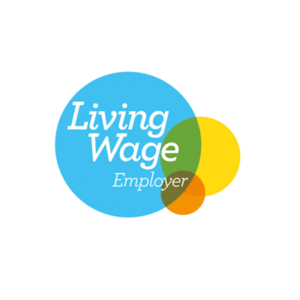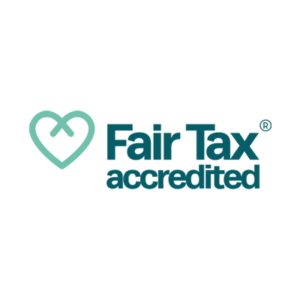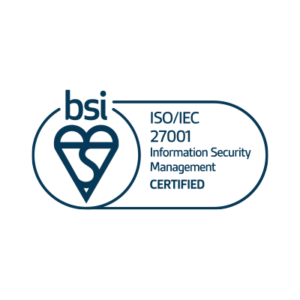We look at how organisations who are yet to manage their data digitally can effectively consider whether their current data processes could be improved. We know it can feel like an overwhelming decision to make and so we’ve put together some of the practical guidance that’s out there.

impact
The power of story is never more evident than in the journeys facilitated by the third sector. Also powerful, is how these stories can come together to demonstrate the bigger picture of an organisation’s impact. Having the capacity to capture this is important both for evidencing the part you’ve played in distance travelled and for your ability to plan for future service improvement.
Of the over 160,000 voluntary organisations in the UK, 96% of them are categorised as small and their impact is significant. Of the hundreds of charities we work with, all of them require digital data to be readily accessible, in order for all of this information to be transformed into wisdom and ultimately into action.
Assessing Where You Are
For many organisations, deciding on whether now is the time to digitise their data management is an ongoing process. Data Orchard have developed a Data Maturity Assessment Tool as a helpful diagnostic to help not-for-profit organisations understand where they are in relation to data. It covers seven key themes and can be a good starting point for assessing whether there is a need to develop and improve your data use.
The NCVO’s 2022 Road Ahead Report looks at digital transformation in the post-covid world and includes helpful questions for organisations to think about in relation to developing their digital capacity such as:
- Have you considered what skills you need now and in the future?
- Are your data collection, analysis and presentation processes operationally and legally adequate? Have you considered whether these processes can be automated?
Reaching Agreement
As with any significant change in an organisation, there can be differences of opinion about whether or not this change is necessary. The NCVO have put together guidance on how to break down some of the barriers that can exist in relation to digital change and senior leaders in particular. The techniques they share are from charities and experts who have shared what has worked for them in relation to digital change. Importantly, they highlight the need to understand where others are starting from, and what matters to them, if these techniques are to be successful.
So Much Information
The NPC have shared five types of data that they’ve found to be helpful to charities and we’ve included them here. Understanding which data is useful and for what purpose can help to clarify your thinking in the early stages of considering data use at large.
- User data: Is your service effective at reaching the intended target group?
- Engagement data: How effective is your service at continuing to engage your target service users?
- Feedback data: What do people think about the service?
- Outcomes data: How have people been influenced or helped by your service in the short-term?
- Impact data: Have the outcomes achieved (above) helped people to change their lives for the better?
Taking the time to reflect on your overall aims in relation to these data types is fundamental. It’s by doing this that the right information will go on to be captured, and therefore relevant data will be obtained. This is a detailed process as most charities are working with a wide and varied range of information.

Having A Plan
There’s certainly a lot to think about and so reaching out to hear from other organisations and from providers themselves is a really good idea. Charity Digital have shared a how-to on writing your own digital strategy which can also be really helpful in achieving clarity. They include advice on how to get your roadmap down on paper from the format and design to sharing out roles within your team.
Formulating a more detailed theory of change can also be effective and NCVO/KnowHow have ten detailed steps to support you in doing so. This can be a very powerful way of communicating why digitising your data would be beneficial and their guidance focuses on making this ‘credible, achievable, supportable and testable’. They also emphasise the importance of the whole team and the idea that the thinking involved in such a process, is often as important as the diagram or narrative you produce.
Reaching a place of secure and purposeful data use is an improvement that we’re proud to achieve in collaboration with our customers. If you would like to hear more about how Lamplight could support you to begin this journey then please get in touch with our friendly team for a chance to ask more questions and to take a look at the system itself.











